TABLE OF CONTENTS
A keyboard, to a video editor, is a tool of paramount importance.
Depending on one’s workflow, it can be every bit as instrumental to one’s creative endeavors as any other peripheral or piece of hardware — hence the importance of finding a good “fit.”
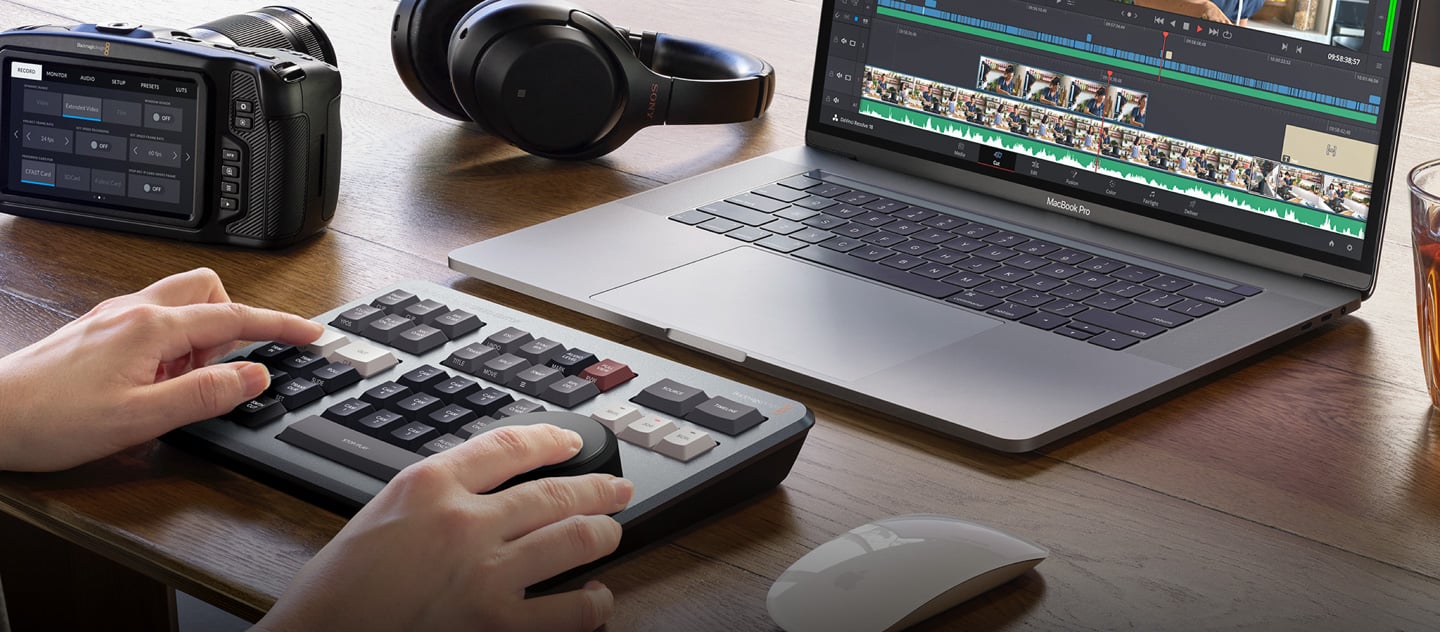
Image Credit: Blackmagicdesign
Now, let’s get one thing straight: you can, by all means, deliver incredible work even with the most basic keyboard imaginable. That much is a fact.
You don’t need the latest and greatest “tools” from any big brand, nor do you need a bunch of scrolls and dials and programmable buttons and what have you.
Your skill and creative vision matter most. And, frankly, a “spec’d-out” keyboard isn’t suddenly going to get you nominated for an Academy Award.
People tend to get so caught up in creating the perfect set-up that they lose track of what matters most: the basics.
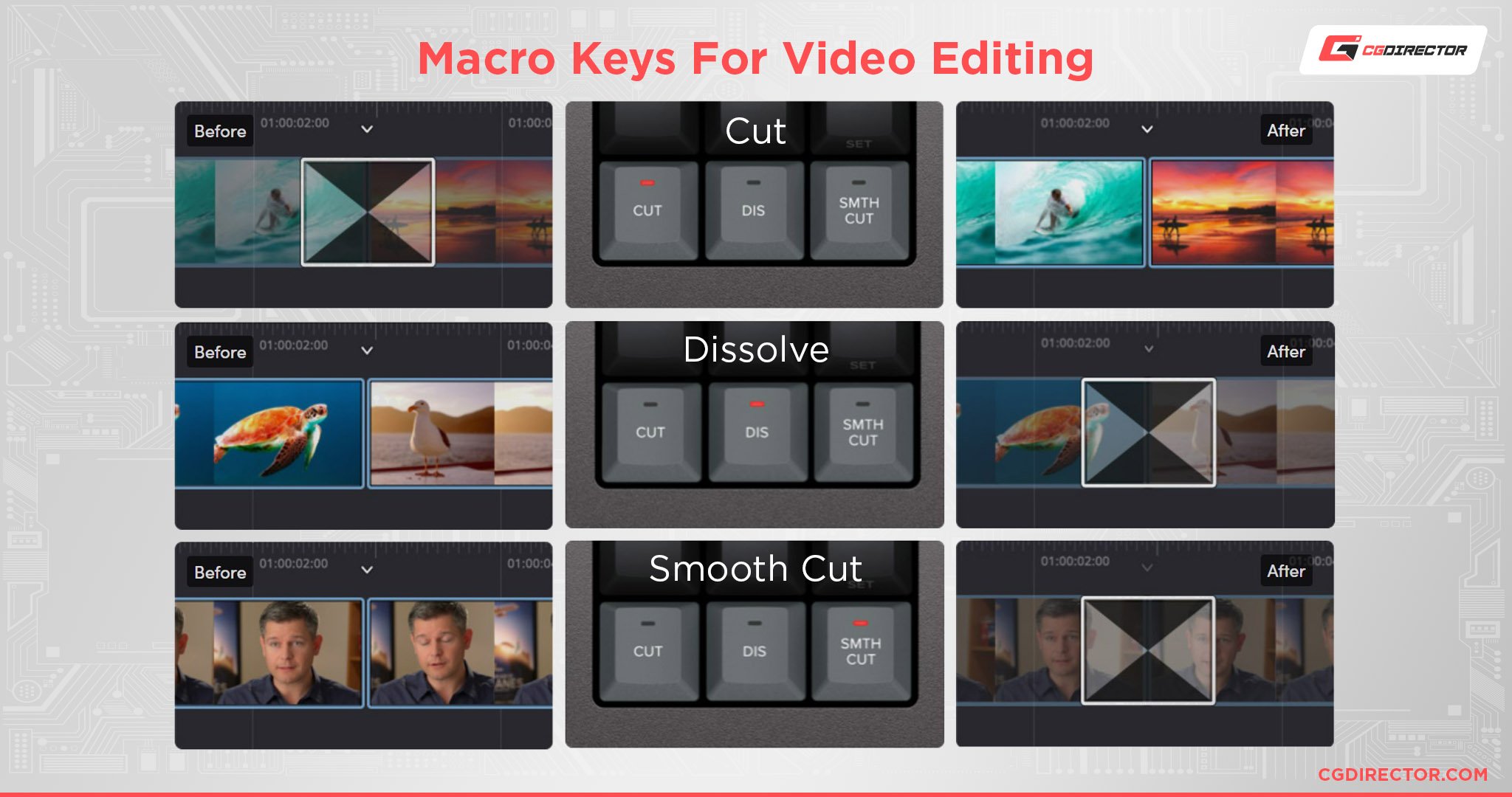
Source: Blackmagicdesign
If you don’t have a good enough idea and if you’re not imbued with the right gifts to bring your visions to life — appropriately — then there’s no peripheral in the world that’ll be able to circumvent and compensate for those deficiencies.
Still, a good keyboard — much like any other tool — can go a long way toward enabling your workflow; it serves as a boon to all your (gargantuan) efforts. It can make the whole process a lot more engaging and, frankly, fun.
So why not try to find something that’ll tickle your fancy and make you want to get up in the morning with added zest and fervor, willing as ever, to work on your projects?
That’s wholly invaluable, and is often what creatives need most — an external “push” that will make their work ever so slightly less taxing.
A spec’d out Video Editing PC is obviously what’s most important (along with a color-accurate display for you to view your work on), but if you don’t have the right peripherals by your side then you won’t be able to interface with said work in the best and most appropriate manner.
So, with that out of the way, let’s take a closer look at some of the best and most interesting keyboards out there, all of which would aid you in your video editing endeavors!
Best Keyboards for Video Editors
Down below we will focus on two different types of keyboards: those that are more ubiquitous in nature (i.e. mainstream) and those that are wholly bespoke and geared specifically towards video editors.
Something for everyone, as the old saying goes.
Bespoke Keyboards for Video Editing
These keyboards are built and designed with video editors in mind. Some of them, however, are a bit more versatile — they can be used for all kinds of content creation.
- Blackmagic Design DaVinci Resolve Editor Keyboard — A full-sized keyboard that is truly monolithic in nature.

Image Credit: Blackmagicdesign
Its many bespoke shortcuts (alongside a beautiful dial) will do wonders for your workflow! This, in short, is the absolute best tool one can get for editing in DaVinci Resolve. At almost $600, though, it’s not for the faint of heart (and weak of budget). Still, if you’re a professional editor, that’s a negligible price tag for a tool as powerful as this one.
- Loupedeck+ — The Loupedeck+ is basically a full-fledged editing console tailored for creatives.

Image Credit: Loupedeck
It’s not a keyboard per se but will nonetheless serve as a tremendous boon to your workflow. It’s ergonomic, easy-to-use, fully customizable, and, sadly, a bit too pricey at €249. Still, if you can fully harness its potential it’ll basically pay itself off in a matter of weeks if not days. And should you not enjoy its many benefits, you’ll be able to return it within forty-five days. Not too shabby!
- LogicKeyboard Astra — Another interesting option. The LogicKeyboard Astra comes with dedicated software-specific shortcuts, color-coded keys, and a built-in USB hub.

Image Credit: LogicKeyboard
It’s not particularly pleasing to look at — nor will it provide a top-tier typing experience — but its benefits cannot be brought into question. Better yet, there are multiple different variants for you to choose from: Premiere Pro, DaVinci Resolve, After Effects, Final Cut X, Avid Media Composer, etc. It wouldn’t be our first pick, but it definitely warrants a spot on the list.
- Monogram Creative Console — This slick-looking creative console is a modular surface that is essentially designed to streamline your editing workflow.

Image Credit: Monogram
You can combine different modules and really set things up to your liking. There’s a host of different elements, all of which can be used and arranged in entirely different (and wholly important) ways. And, perhaps best of all, the Modular Creative Console is natively integrated with today’s most popular creative tools. And, much like the Loupedeck+, if you don’t happen to like it (for whatever reason), you can get a full refund within a 30-day window after purchasing it. It’s not cheap, though, so just keep that in mind. It currently only supports Premiere Pro and Final Cut X but an update for DaVinci Resolve should, presumably, be in the works.
Bespoke Complimentary Devices for Video Editing
One could argue that devices like these are all one needs to speed up one’s workflow.
They’re small, fully programmable, and aren’t particularly expensive either. They’re exceptional tools for video editing and, well, any other workflow should you take the time to fully customize everything to your liking.
- DaVinci Resolve Speed Editor — If you work in DaVinci Resolve — but don’t need a full-sized keyboard for your work — the Speed Editor might be the way to go.

Image Credit: Blackmagicdesign
It comes with numerous dedicated buttons and a humongous knob — everything you really need to chew through your projects in Resolve. At nearly $400, though, it’ll definitely do a number on your wallet.
- Work Louder Creator Board — The Creator Board made quite a splash once it first came out and, well, rightfully so.

Image Credit: Work Louder
It’s not to everyone’s liking, but its semi-modular nature (and full VIA support) definitely make it stand out. It’s quite expensive for what it is, but if a 40% ortholinear layout is something you’re after, then definitely give it a look!
- Work Louder Creator Micro — If all you need is a complimentary device with a couple of dials and numerous programmable buttons, the Creator Micro is definitely the way to go.

Image Credit: Work Louder
It’s stunning to look at and can be fully customized through VIA. Depending on your workflow and overall preferences, this might be the only thing you need to speed up your forthcoming edits.
- Elgato Stream Deck + — Elgato’s Stream Decks are truly incredible tools, be it for streaming or any kind of content creation.

Image Credit: Elgato
The Stream Deck+, in particular, comes with all the many bells and whistles one would expect: eight programmable buttons, a touch sensitive bar, and a whopping four dials. Better yet, there are over 200 ready-made plugins and shortcut set-ups for video editing, streaming, and everything in between.
Regular Mechanical Keyboards
They’ve become “the norm” for a very good reason. Typing on a mechanical keyboard is an experience unlike any other, hence their immense popularity.
Whether you’re a casual video editor or a seasoned professional, having a good mechanical keyboard by your side is bound to make your editing experience a lot more pleasurable.
Now, we’ve already covered this topic in the past so we’ll try to keep it as short and sweet as possible. Instead of building your own keyboard from the “ground up” (a time-consuming endeavor that’s not to everyone’s taste), we suggest you go for one that is pre-built.
These will give you nearly all of the splendors you want without any of the hassles that are often associated with assembling a mechanical keyboard from scratch.
Other than that, try to find a model that has as many programmable buttons as possible. These will allow you to create software-specific macros and speed up your workflow by quite a bit.
Some of these keyboards (like those from Nuphy) use proprietary software for this process. Others rely on open-source programs like QMK and VIA.
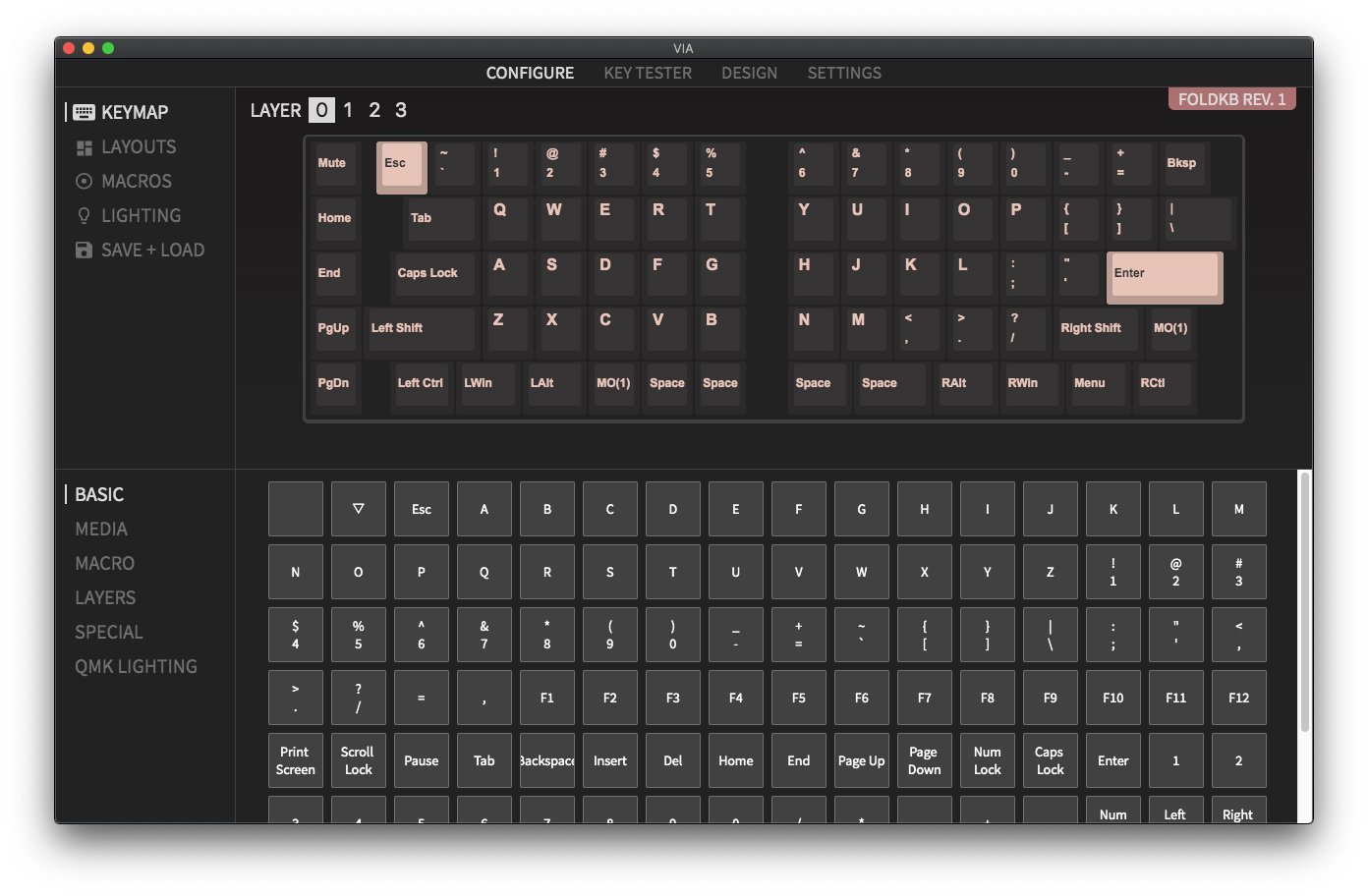
Image Credit: Keebio
Either way, it’s something worth keeping in mind.
By the same token, a rotary knob would surely come in clutch for navigating your timeline.
Most custom keyboards can be configured with such a thing for little to no extra cost, so if you’re presented with the opportunity, don’t think twice!
- Nuphy — It didn’t take long for Nuphy to break through and leave a mark in the incredibly-competitive mechanical keyboard space. This company is mostly known for its low-profile offerings (the Air60 and Air75), but its recent releases (Halo65, Halo75, and Halo96) are also some of the most beautiful and versatile pre-built keyboards on the market.
- Keychron — This company needs no introduction. Its keyboards are (relatively) cheap, incredibly versatile, and, frankly, phenomenal. There are many different models on offer and they’re all worthwhile purchases.
- A keyboard from a big name brand — Companies like Logitech, Corsair, SteelSeries, and many others shouldn’t be counted out by default. Their keyboards are a bit more expensive and they don’t offer as many connectivity options, but they’re at least acceptable in terms of their looks and performance and, well, they come with longer warranties. We wouldn’t suggest going down this route, but if you want to play it “safe,” then they’re definitely worth considering. With that being said, companies like Keychron, Nuphy, and many others offer a lot more “bang for your buck.” Heck, it’s not even remotely competitive.
Conclusion
As already mentioned, unique keyboards and peripherals for video editing aren’t magically going to turn you into an award-winning editor. That much is a fact.
What they will do, however, is speed up your workflow and, by proxy, make it a lot more enjoyable.
And that, one could argue, is more than worth the “price of admission.”
FAQ
Let’s go over a few potential questions you might have regarding this particular topic:
What Keyboard Is Best for Video Editing?
There’s no “one-size-fits-all” kind of answer.
It all depends on one’s needs and preferences. Some editors need the most unique tools for the job.
Others can get by with the most keyboards out there. It varies, really. Still, a bespoke keyboard (or complimentary editing-oriented device) is bound to speed up your workflow, so it’s definitely worth the asking price!
Will a Custom Keyboard Help With Video Editing?
Absolutely! The sheer fact that you can create custom, software-specific macros alone is worth the “price of admission!” Add to that a programmable knob or dial and you’ll immediately feel the difference.
If you’re not an industry professional, however, we would advise starting off with something a bit smaller and, by proxy, less expensive — something like the Work Louder Creator Micro, for instance.
Are Mechanical Keyboards Worth It for Video Editing?
They’re “worth it” for every kind of workflow, be that writing, video editing, or just interfacing with your computer.
They’re vastly superior to regular membrane keyboards — and that’s an understatement. They won’t exactly speed up your editing — unless, of course, you can assign custom macros — but they’ll nonetheless make your work a lot more enjoyable.
Whether that’s worth a couple of hundred dollars/euros is up for you to decide.
Over to You
What’s your video editing setup? Do you use any specific peripherals and, if so, which ones? Let us know in the comment section down below and, in case you need any help, head over to our forum and ask away!
![Best Keyboards for Video Editing [2024 Update] Best Keyboards for Video Editing [2024 Update]](https://www.cgdirector.com/wp-content/uploads/media/2023/02/Best-Keyboards-for-Video-Editing-Twitter-1200x675.jpg)
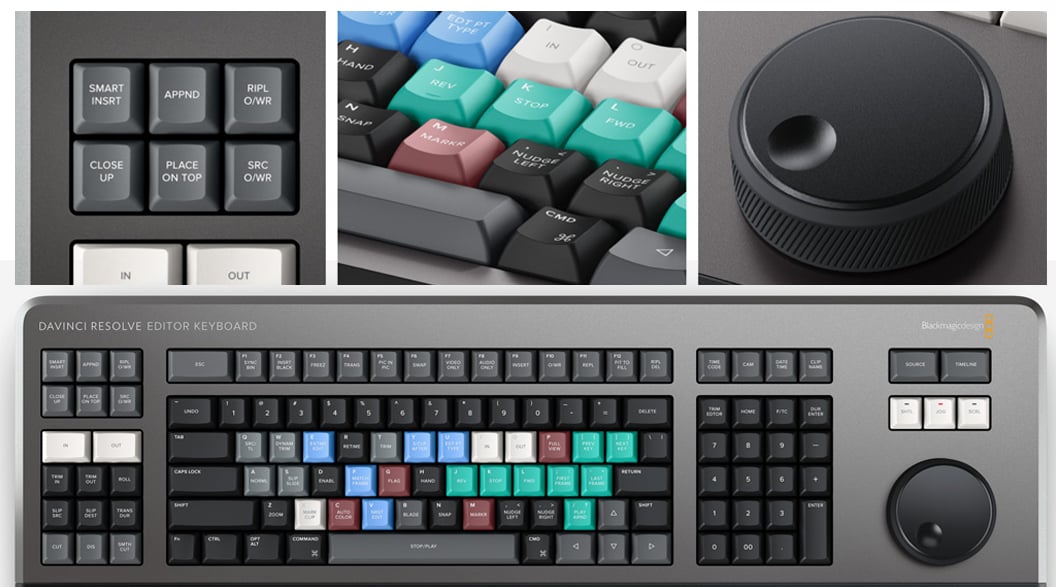
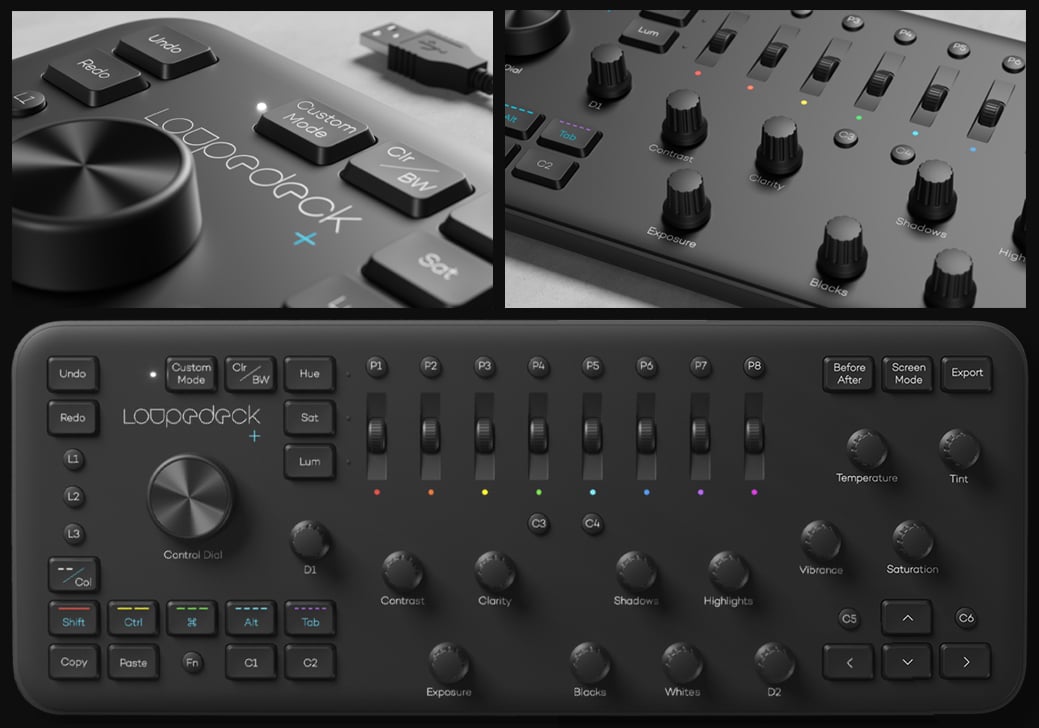
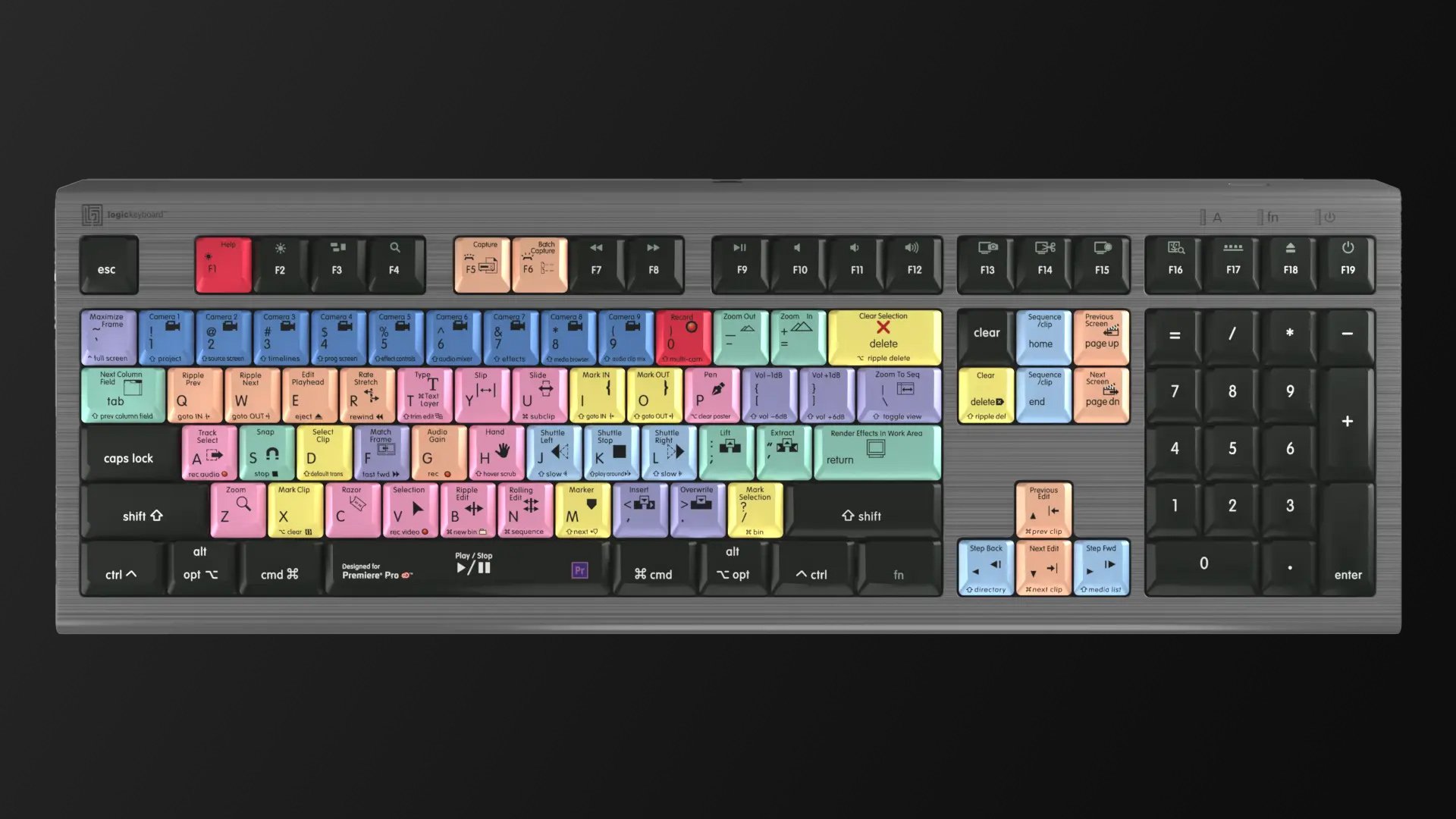
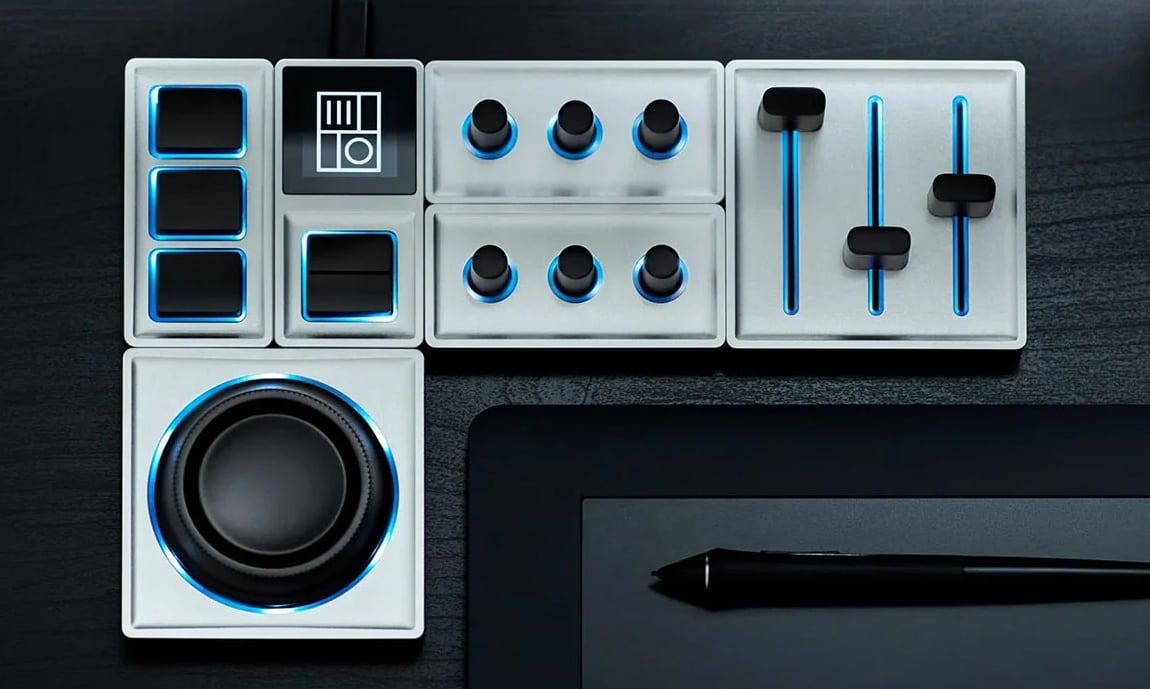
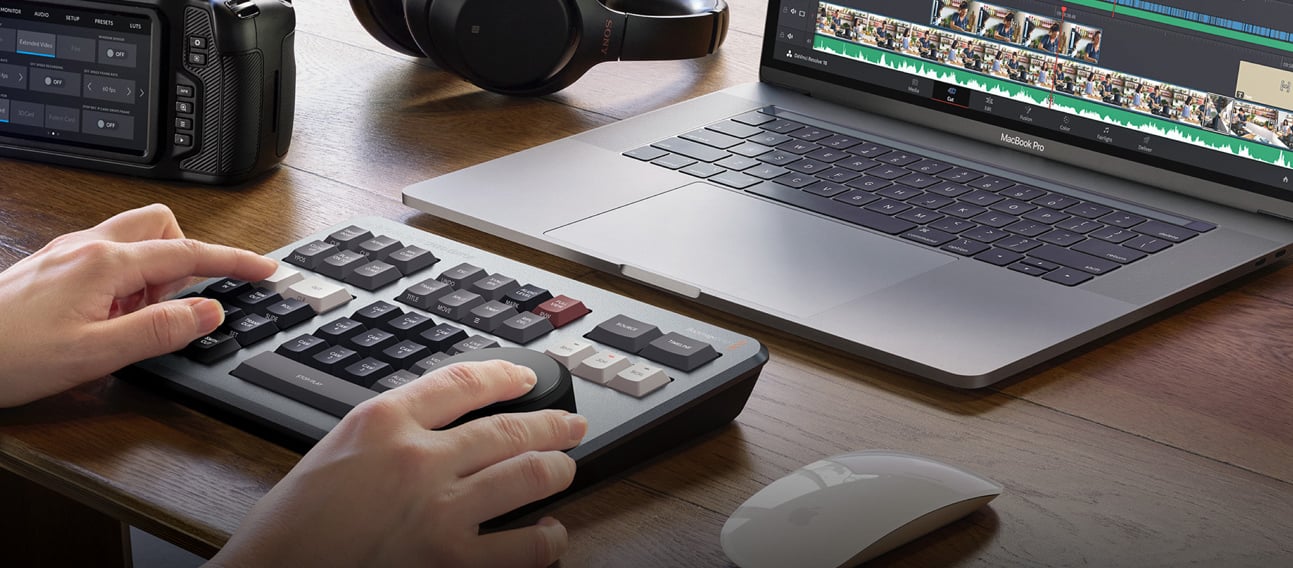
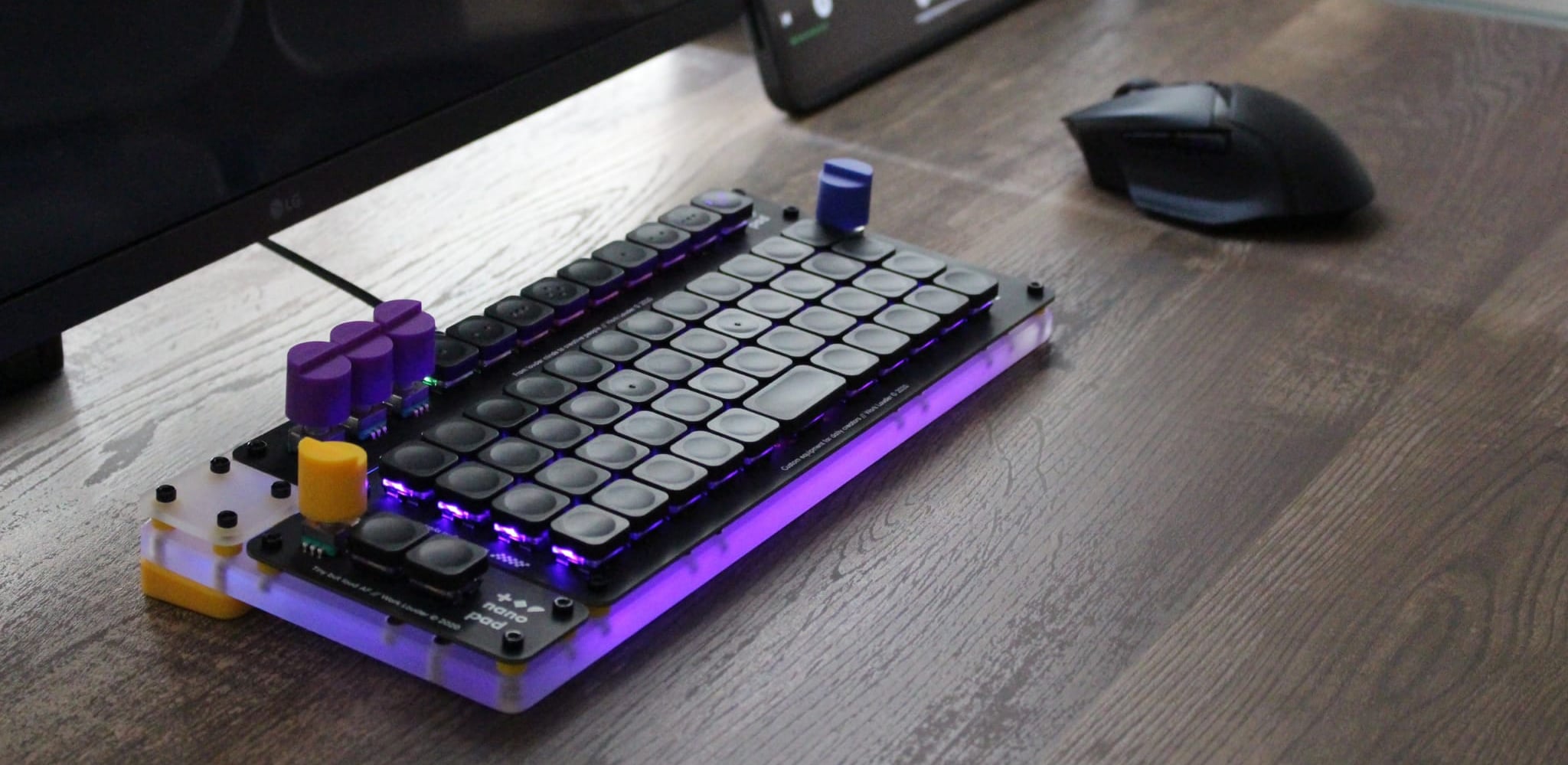
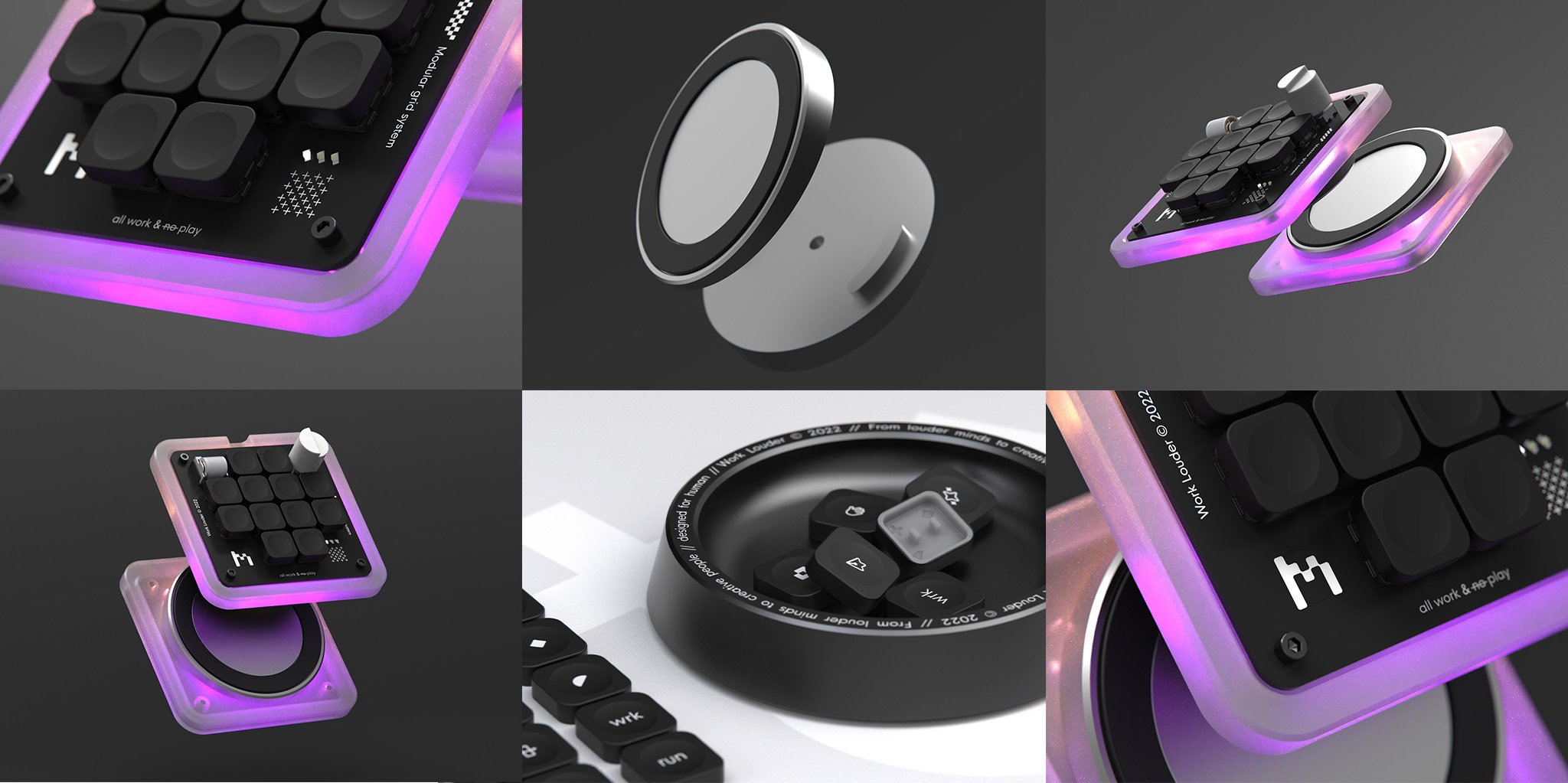
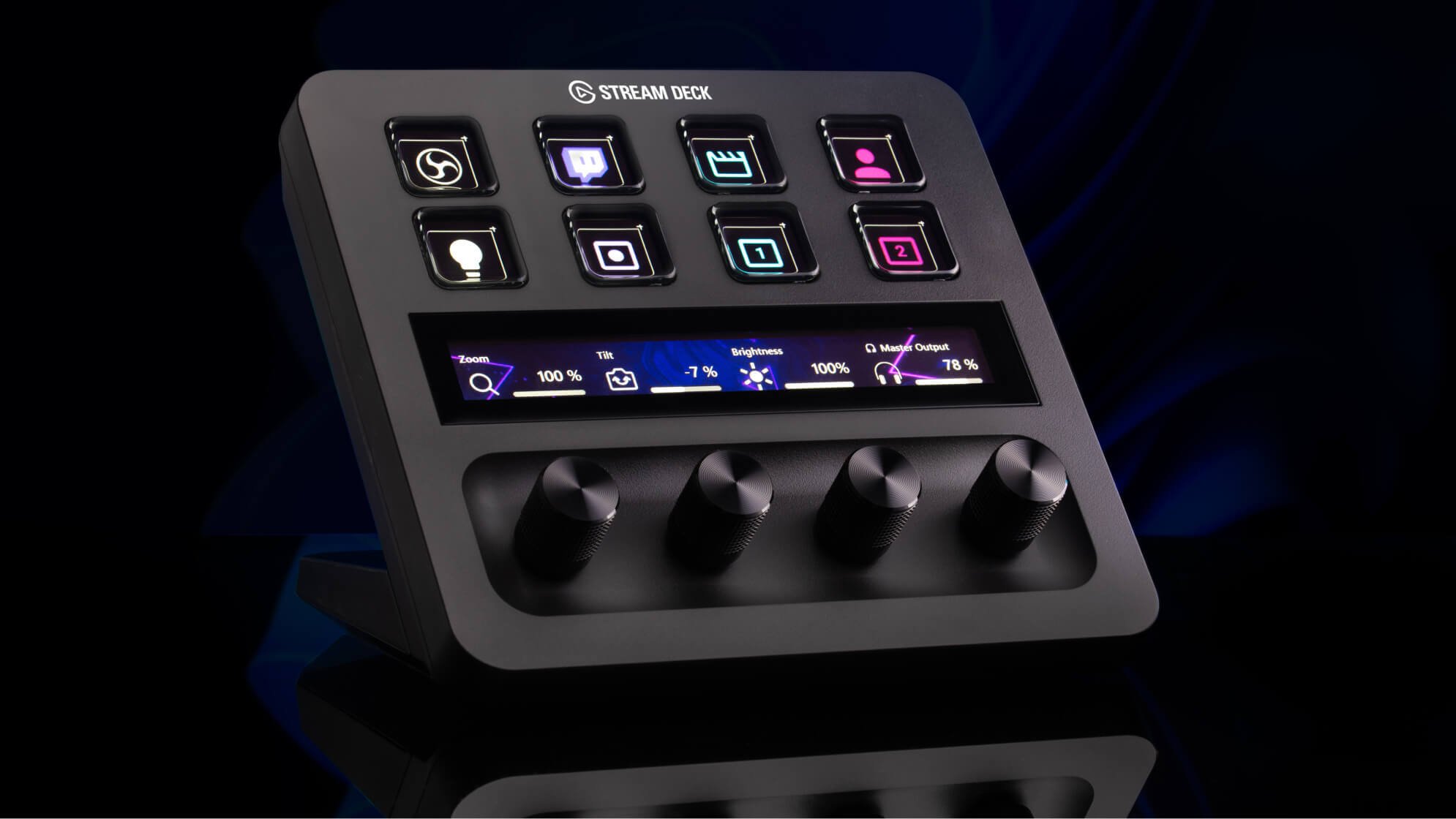
![Linear vs. Tactile vs. Clicky Mechanical Keyboard Switches [There’s One That Suits You Best] Linear vs. Tactile vs. Clicky Mechanical Keyboard Switches [There’s One That Suits You Best]](https://www.cgdirector.com/wp-content/uploads/media/2023/01/Linear-vs.-Tactile-vs.-Clicky-Switches-Which-One-Suits-You-Best-Twitter-594x335.jpg)
![Guide to Mechanical Keyboards [Everything you need to know] Guide to Mechanical Keyboards [Everything you need to know]](https://www.cgdirector.com/wp-content/uploads/media/2022/11/What-to-Look-For-in-a-Mechanical-Keyboard-Overview-Buying-Guide-Twitter-594x335.jpg)
![Mechanical vs Membrane Keyboards [A Clear Winner?] Mechanical vs Membrane Keyboards [A Clear Winner?]](https://www.cgdirector.com/wp-content/uploads/media/2022/10/Mechanical-vs-Membrane-Keyboards-Twitter-594x335.jpg)
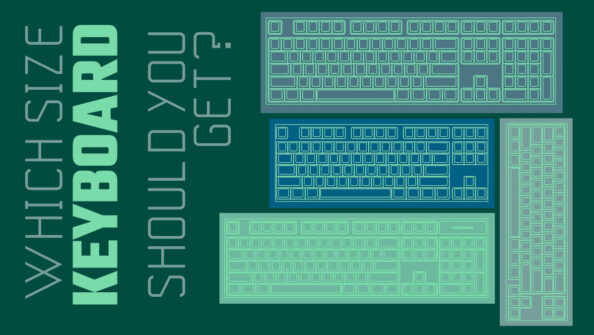

0 Comments